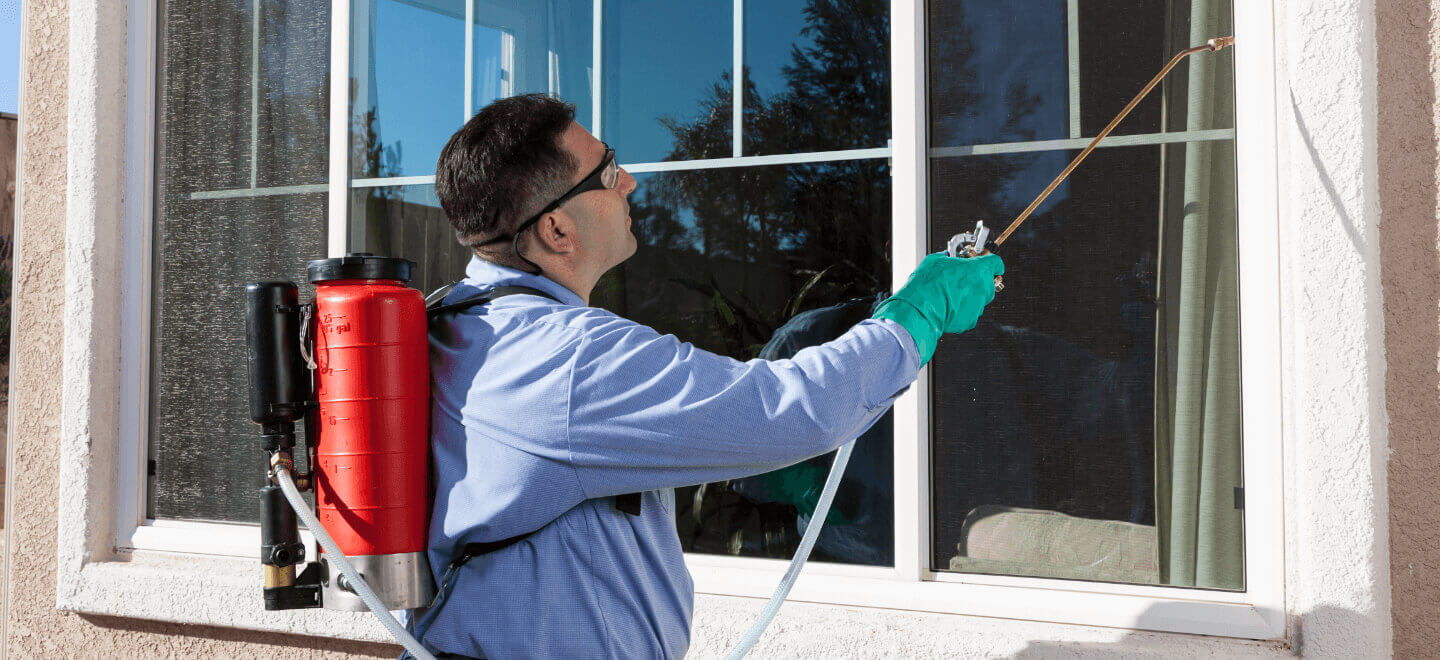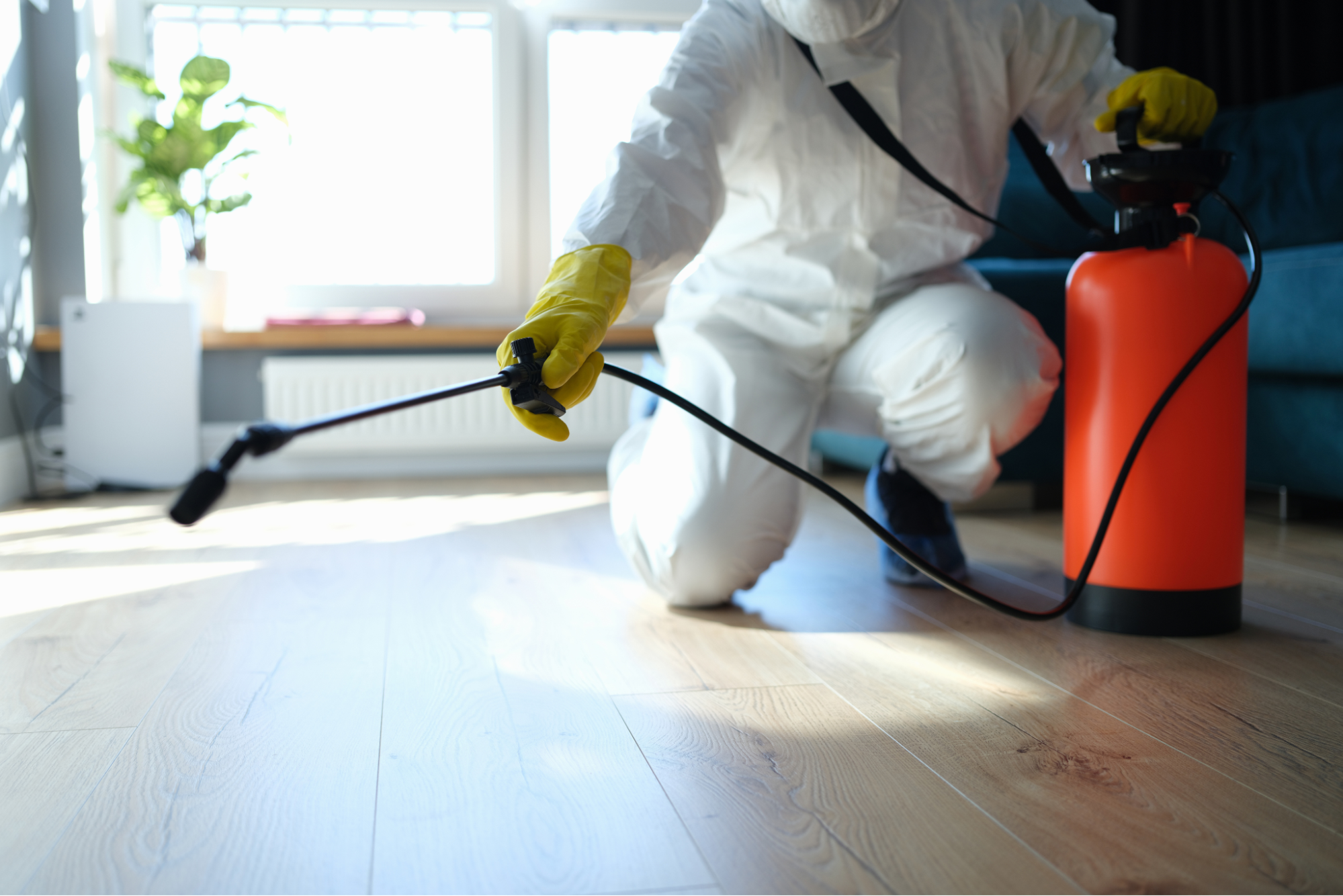Expert A1 Charlotte Bed Bug Exterminator - High Quality Solution Ensured
Expert A1 Charlotte Bed Bug Exterminator - High Quality Solution Ensured
Blog Article
Bed Bug Treatment Break Down: Comparing Chemical Vs. Non-Chemical Solutions
In the realm of pest control, specifically when taking care of the consistent problem of bed insects, the choice between chemical and non-chemical treatment remedies can be a pivotal one. Both strategies use unique advantages and downsides, influencing elements such as effectiveness, security factors to consider, and total price. By taking a look at the nuanced details of each technique, a more clear understanding of which path to go after in dealing with a bed bug invasion can be acquired.
Performance of Chemical Treatments
Chemical therapies for bed insect infestations have been extensively acknowledged for their rapid and powerful effectiveness in eradicating these insects. When thinking about the effectiveness of chemical therapies, it is important to understand that they can provide a detailed and fast remedy to a bed bug problem. Specialist pest control operators often depend on pesticides to target bed bugs at numerous phases of their life cycle, including adults, eggs, and nymphs. These chemicals usually function by disrupting the bed insects' nerves, resulting in paralysis and eventual death.
Furthermore, chemical therapies have the advantage of supplying recurring results, indicating that they can remain to eliminate bed bugs also after the preliminary application. This recurring action is specifically valuable in combating any kind of possible re-infestations. In addition, the quick action of chemical treatments can bring alleviation to people dealing with serious bed bug problems, allowing them to gain back control of their living spaces promptly.
Security Interest In Chemical Solutions
One essential aspect that calls for cautious factor to consider when making use of chemical options for bed insect treatment is making sure the safety of residents and the setting. Exposure to certain chemicals made use of in bed insect therapies can lead to breathing problems, skin irritation, or other unfavorable reactions, especially in individuals with pre-existing problems or sensitivities.
Additionally, the environmental influence of chemical options is an additional significant consideration. Some pesticides utilized in bed insect therapies may be damaging to useful bugs, wild animals, and communities if they seep into the dirt or water systems. It is important to make use of chemical treatments judiciously, complying with security standards, and considering less harmful alternatives to reduce these dangers and ensure the reliable and risk-free management of bed insect invasions.
Benefits of Non-Chemical Approaches
Taking into consideration the possible security worries and ecological effect associated with chemical services for bed insect therapy, discovering non-chemical methods provides an encouraging choice with several distinctive benefits. Non-chemical therapies are ecologically pleasant, as they do not add to air or water pollution, making them a lasting choice for insect control.
In addition, non-chemical remedies can be effective in targeting bed bugs, including hard-to-reach locations where chemical treatments may not permeate - A1 exterminators charlotte nc. Methods such as heat treatment, vacuuming, heavy steam cleaning, and bed mattress encasements provide thorough eradication without the usage of unsafe chemicals.
Limitations of Non-Chemical Treatments

Additionally, non-chemical treatments usually call for several applications to accomplish successful obliteration. This can be lengthy and may not constantly guarantee total removal of all bed insects and their eggs, especially in hard-to-reach or surprise locations.
In addition, the success of non-chemical treatments heavily depends on proper application and thoroughness, which can be helpful resources testing for people without professional proficiency. Inadequate application of non-chemical approaches might cause incomplete obliteration, leading to persistent invasions and the demand for added therapies.
Therefore, while non-chemical treatments have check this site out their benefits, it is necessary to acknowledge these constraints and consider them when figuring out the most effective approach for handling bed insect infestations.
Price Contrast: Chemical Vs. Non-Chemical Options
Offered the limitations connected with non-chemical treatments, an important element to evaluate in the context of bed insect monitoring is the expense contrast between chemical and non-chemical choices. In comparison, non-chemical therapies like heat therapy or steam can be much more costly, with prices ranging from $1,000 to $6,000 for a whole home. While the first cost of chemical treatments may appear reduced, several therapies might be called for to fully get rid of the problem, potentially boosting the total price.
Verdict

Considering the prospective security problems and ecological impact associated with chemical options for bed pest treatment, exploring non-chemical methods provides an appealing choice with numerous distinctive benefits.Given the limitations associated with non-chemical treatments, an essential facet to examine in the context of bed pest administration is the price contrast in between chemical and non-chemical alternatives. In comparison, non-chemical treatments like warmth therapy or vapor can be extra expensive, with prices varying from $1,000 to find out $6,000 for a whole home. While the first price of chemical therapies might seem lower, multiple treatments may be required to completely eliminate the infestation, potentially boosting the overall price.In final thought, when contrasting chemical and non-chemical bed bug therapy options, it is important to consider effectiveness, safety, advantages, constraints, and expense.
Report this page